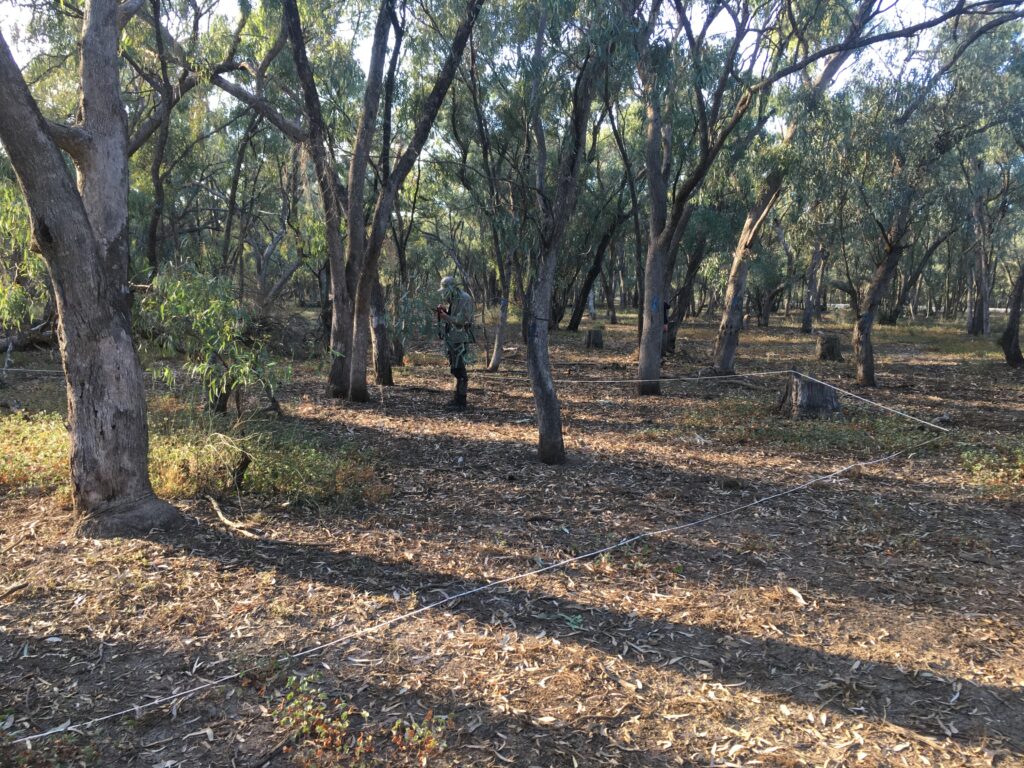Location: Gunbower, Guttrum and Benwell Forests, Victoria.
Client: North Central Catchment Management Authority
The Living Murray (TLM) is a large-scale river restoration program that focuses on maintaining the health of six Icon sites along the Murray River, chosen in part for their high ecological value. The program aims to improve the ecological condition of significant forests and wetlands at Icon sites.
The health of native plants and animals in Gunbower, Guttrum and Benwell Forests is closely tied to the local hydrology. Natural hydrological regimes have been significantly altered by regulation of the Murray River and water extraction. Flooding is now less frequent, with shorter and smaller floods.

Photo credit: ©ERA
The Victorian Murray Floodplain Restoration Project (VMFRP) aims to return water to nine ecologically significant floodplains along the Murray River, including two sites at Guttrum-Benwell Forests and Gunbower National Park. The proposed infrastructure works would allow water to be diverted from the Murray River to high value wetlands and forested floodplains. This would improve the condition of vegetation communities, as well as provide additional wildlife habitat.
ERA was engaged by NCCMA to undertake vegetation condition monitoring at a range of sites in Gunbower, Guttrum and Benwell Forests. TLM indicators include flora species richness and cover, the number and abundance of threatened species, and tree canopy health and number and abundance of high threat weed species.
ERA was also engaged to collect baseline data on the ecological condition of wetland and floodplain communities in Guttrum-Benwell Forests and Gunbower National Parks, prior to the construction of VMFRP environmental water infrastructure. Monitoring will continue following the construction of the proposed environmental water infrastructure. This will provide important information on the impact of the changed hydrological regime on terrestrial flora and fauna, and help guide adaptive management.
The project includes extensive data analysis of both this year’s data and long-term patterns and trends, and interpretation of results, in addition to technical advice to NCCMA regarding environmental watering, and presentations to the local community.